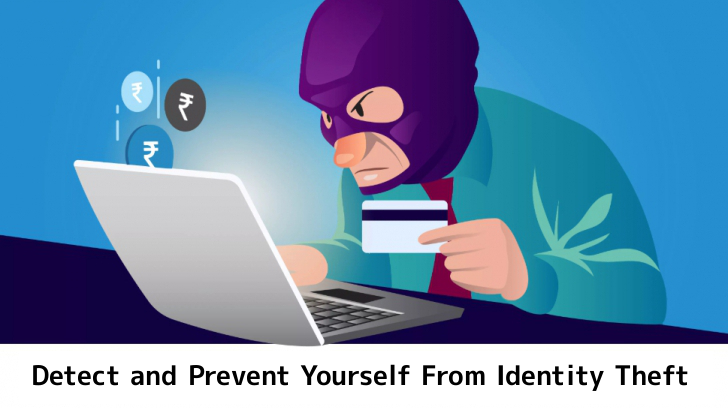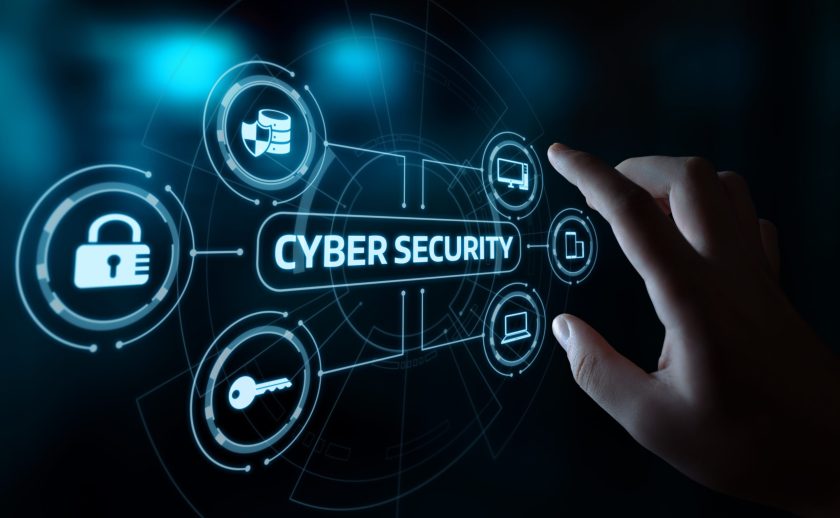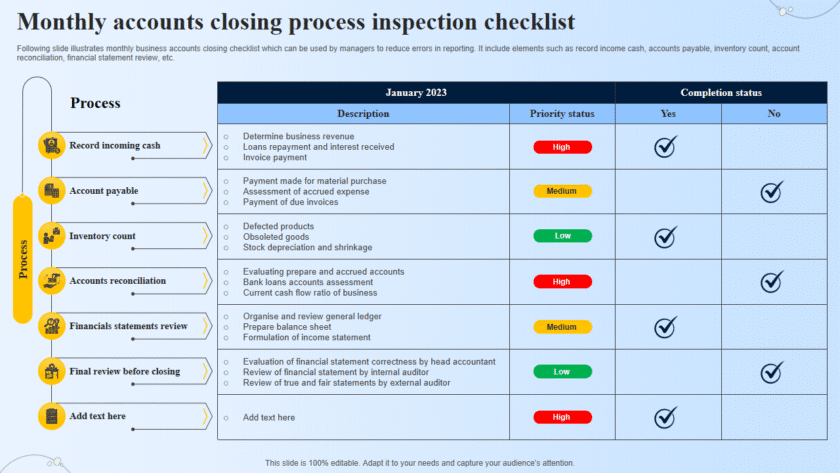🧠 How to Detect and Prevent Identity Theft
Identity theft happens when someone steals your personal information — like your name, credit card number, or ID — to commit fraud or access your accounts.
It’s one of the fastest-growing cybercrimes worldwide, but you can protect yourself with awareness and the right precautions.
🔹 1. What is Identity Theft?
Identity theft occurs when a criminal uses your personal or financial information without permission to:
- Open bank or credit accounts
- Make online purchases
- File fake tax returns
- Apply for loans or government benefits
- Gain access to your social media or email accounts
🔹 2. Common Ways Identity Theft Happens
- Phishing Emails and Messages
- Fake emails or SMS trick you into giving away personal info or passwords.
- Data Breaches
- Hackers steal your data from websites, apps, or companies that store it.
- Social Engineering
- Attackers impersonate trusted people (bank staff, tech support, etc.) to extract details.
- Public Wi-Fi Snooping
- Using unsecured Wi-Fi can expose your data to hackers nearby.
- Lost or Stolen Devices
- Unlocked phones, laptops, or wallets can give thieves direct access to sensitive info.
🔹 3. Signs You Might Be a Victim
- Unexpected bank charges or withdrawals.
- You stop receiving bills or statements (someone changed your address).
- New accounts appear on your credit report.
- Login alerts for accounts you didn’t access.
- Denied loan or credit card applications for no reason.
- Strange emails confirming account signups you didn’t initiate.
🔹 4. How to Detect Identity Theft Early
✅ Check Your Bank and Credit Reports Regularly
- Review all transactions weekly.
- Use alerts to notify you of suspicious spending.
✅ Monitor Your Online Accounts
- Set up login notifications on email, banking, and social media.
✅ Use Identity Monitoring Services
- Services like LifeLock, Experian, or Aura can track your personal info on the dark web.
✅ Check Your Emails for Breaches
- Use free tools like HaveIBeenPwned.com to see if your email was exposed in a data breach.
🔹 5. How to Prevent Identity Theft
- Use Strong, Unique Passwords
- Don’t reuse passwords. Use a password manager to keep them safe.
- Enable Two-Factor Authentication (2FA)
- Adds extra protection even if your password leaks.
- Be Careful What You Share Online
- Avoid posting your address, phone number, or birthday publicly.
- Secure Your Devices
- Lock screens, use antivirus, and keep your OS updated.
- Watch Out for Phishing Attempts
- Don’t click on links or open attachments from unknown sources.
- Always verify the sender’s email address.
- Shred Personal Documents
- Old bills, bank statements, and letters can be used by identity thieves.
- Use Secure Wi-Fi
- Avoid public networks for online banking or purchases.
- If necessary, use a VPN to encrypt your connection.
- Limit Access to Personal Data
- Only share info with trusted websites that use HTTPS (padlock symbol).
🔹 6. What to Do If You Suspect Identity Theft
- Change Your Passwords Immediately.
- Notify Your Bank or Credit Card Company.
- Report to Local Authorities or Cybercrime Units.
- Place a Fraud Alert with your credit bureau.
- Scan Devices for Malware.
- Monitor All Accounts Closely for the next few months.
🔹 7. Useful Tools & Resources
- 🔐 Password Managers: Bitwarden, 1Password, Dashlane
- 📱 Identity Protection: LifeLock, Aura, Experian
- 🧰 Security Checkups:
✅ Bottom Line:
Identity theft can happen to anyone — but vigilance and smart security habits make a huge difference. Protect your personal data like your money: guard it, monitor it, and lock it down.






